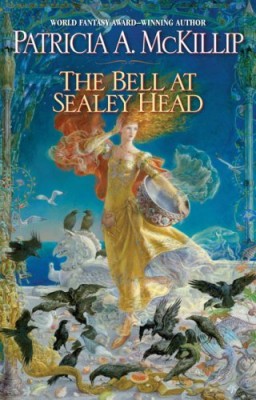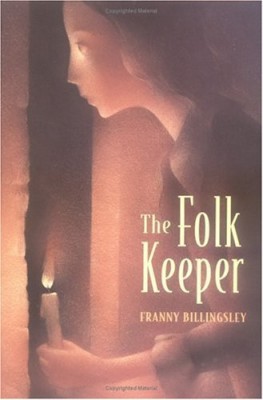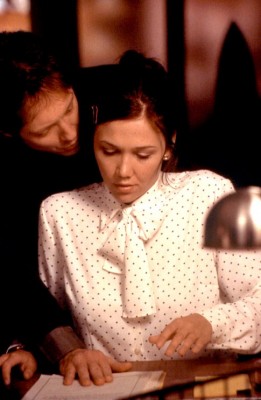Date read: 11.1.07; reread once or twice since
Book from: Library originally; now personal collection
Reviewer: Emera

(There is nothing about this cover that does not amuse and please me. Consider it an honorary Bad Book Cover Friday?)
Tanith Lee‘s The Secret Books of Paradys are among the most exquisitely aestheticized and unabashedly Gothic works I’ve ever read, which means of course that I’m obsessed with them. The series is set in a parallel-universe version of Paris, known variously as Paradys, Paradis, Par Dis, and Paradise. (Lee has also written a more recent series about a para-Venice, The Secret Books of Venus, though I’ve yet to read them.) Each of the four volumes comprises interweaving, thematically unified stories. The books stand alone well, though they’re seeded with references to a few recurring elements within the universe – locations, names, a certain poet – and the fourth volume has a climactic finality to it. Each of the books is further themed by color (see what I mean about aestheticized?), frequently embodied in significant pieces of jewelry and, in The Book of the Damned, stained-glass windows. (Always makes me think of “The Masque of the Red Death.”)
The Book of the Damned takes as its themes sexual transgression and ambiguities of sex, gender, and identity, considered in three novellas. The first, “Stained with Crimson,” follows an ill-fated poet, Andre St. Jean, on a journey of sexual obsession in 19th-century Paradys. St. Jean is given a ruby scarab ring by a dying man on the hills of the Temple Church; soon after, he is introduced to the ring’s owner, the ineffably unobtainable Antonina von Aaron. Cue a game of predator and prey in which role reversals are linked with a cycle of death, rebirth, and sex changes. Oh yes, and vampires. I mean, obviously. This is perhaps my favorite out of all the Paradys tales, both for its sentimental associations, as it launched my Tanith Lee obsession, and for its no-holds-barred Gothstravaganza, ladled out in the most sonorous, decadent, purple-saturated language imaginable. Further layers of allegorical imagery incorporate Greek mythology (a Pan symbol, a trip down a deathly river) and the elements, the latter perhaps complementing the book’s primary-color triad.
“Malice in Saffron,” though little less wrought and hectic, takes a much grimmer turn. As with many of Lee’s works, its events are incited by sexual violence and abuse of women. The protagonist, Jehanine, is assaulted by her stepfather and rejected by her beloved brother. After fleeing the countryside, she finds shelter within a nunnery in medieval Paradys, but by night transforms herself into capricious, murderous Jehan, who roams the backstreets of Paradys with a gang of thieves. Like many of Lee’s vengeful heroines, Jehanine nears the brink of being consumed by her own desire for destruction, but ultimately finds peace and redemption. Jehanine, I suspect, is a distant Paradysian extrapolation of Joan of Arc/Jeanne d’Arc; her story also heavily references Cathar beliefs.
Continue reading The Book of the Damned, by Tanith Lee (1988) E




